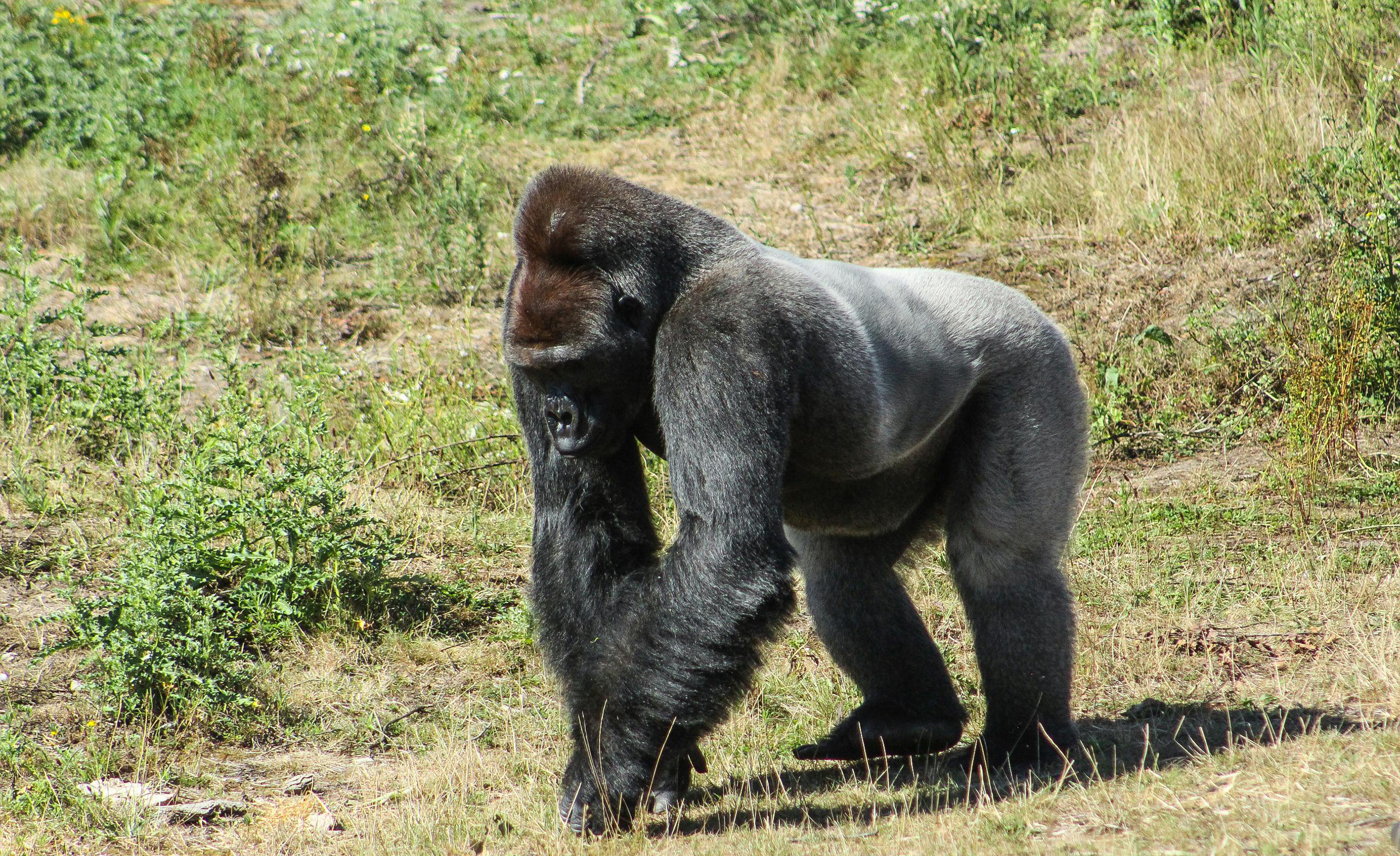
Gorilla Habitat Protection: Guardians of Africa’s Forests
Gorillas are not just majestic primates roaming the dense forests of Africa—they are essential for maintaining the delicate balance of their ecosystems. As keystone species, gorillas help shape the environment they inhabit, contributing to biodiversity and forest regeneration. However, due to deforestation, poaching, and human encroachment, gorilla habitat protection has become a critical concern. Without conservation efforts, these guardians of Africa’s forests may struggle to survive.
In this blog, we explore the importance of gorilla habitat protection, the threats they face, and actionable solutions to safeguard their homes.
Table of Contents
Why Gorilla Habitat Protection Matters
Gorillas play a crucial role in maintaining the health of their environment. Their movements through forests help with seed dispersal, ensuring new plant life thrives. These primates create natural pathways that allow smaller animals to navigate dense vegetation, fostering biodiversity. Protecting gorilla habitats means preserving thousands of other species that coexist within these forests.
Ecological Importance of Gorillas
- Seed Dispersal: Gorillas consume various fruits, unknowingly spreading seeds through their feces, which supports forest regeneration.
- Biodiversity Conservation: Their presence helps maintain a healthy balance in African rainforests, ensuring other wildlife species flourish.
- Carbon Storage: African forests store vast amounts of carbon, reducing the effects of climate change. By focusing on gorilla habitat protection, we safeguard these natural carbon sinks.
Threats to Gorilla Habitats
Despite their ecological importance, gorillas face increasing risks due to human activity. Here are the major threats affecting their survival:
1. Deforestation and Habitat Loss
Expanding agriculture, logging, and infrastructure projects are leading to rapid deforestation. As their habitat shrinks, gorillas are forced into fragmented landscapes, making it harder to find food and evade predators.
2. Poaching and Illegal Wildlife Trade
Poaching remains a serious issue. Despite strict laws, gorillas are hunted for bushmeat, traditional medicine, and even illegal pet trade. Conservation groups are working tirelessly to combat these harmful practices, but stronger legal enforcement is essential.
3. Human-Wildlife Conflict
The growing human population in gorilla territories often leads to conflicts. As communities expand, gorillas may wander into villages, damaging crops and causing tensions. Addressing coexistence strategies between humans and gorillas is vital for long-term conservation.
Solutions to Strengthen Gorilla Habitat Protection
Thankfully, there are ways to address these threats and secure the future of these primates. Conservationists and local governments must work together to implement effective gorilla habitat protection measures.
1. Strengthening Protected Areas
Creating national parks and conservation zones offers safe havens for gorillas. Areas like Virunga National Park and Bwindi Impenetrable Forest play a crucial role in gorilla conservation. Expanding and maintaining these protected areas is necessary.
2. Community Engagement & Sustainable Development
Empowering local communities with sustainable alternatives—such as eco-tourism and reforestation projects—reduces dependence on harmful practices like illegal logging. Education programs teach people the value of conservation and encourage sustainable living near gorilla habitats.
3. Stricter Anti-Poaching Laws
Governments must enforce stronger wildlife protection laws and introduce severe penalties for poaching. Organizations like the World Wildlife Fund (WWF) and The Dian Fossey Gorilla Fund actively monitor gorilla populations, advocating for legal reforms.
4. Climate Change Mitigation
Climate change has indirect but profound effects on gorilla habitats. Supporting reforestation and carbon offset programs helps maintain forest health. Gorilla habitat protection goes beyond saving individual species—it’s about securing entire ecosystems.
Conclusion
Protecting gorilla habitats is about more than preserving one species; it ensures the survival of Africa’s lush rainforests and the many creatures that depend on them. Gorilla habitat protection is a shared responsibility between conservationists, governments, and local communities. By advocating for sustainable policies, enforcing anti-poaching measures, and investing in environmental education, we can secure a future where gorillas continue to thrive as guardians of Africa’s forests.
Join the mission to protect gorilla habitats! Every effort counts in preserving these incredible ecosystems.
